Scientists really don’t understand time… but they do have some theories about what it might (and might not) be.
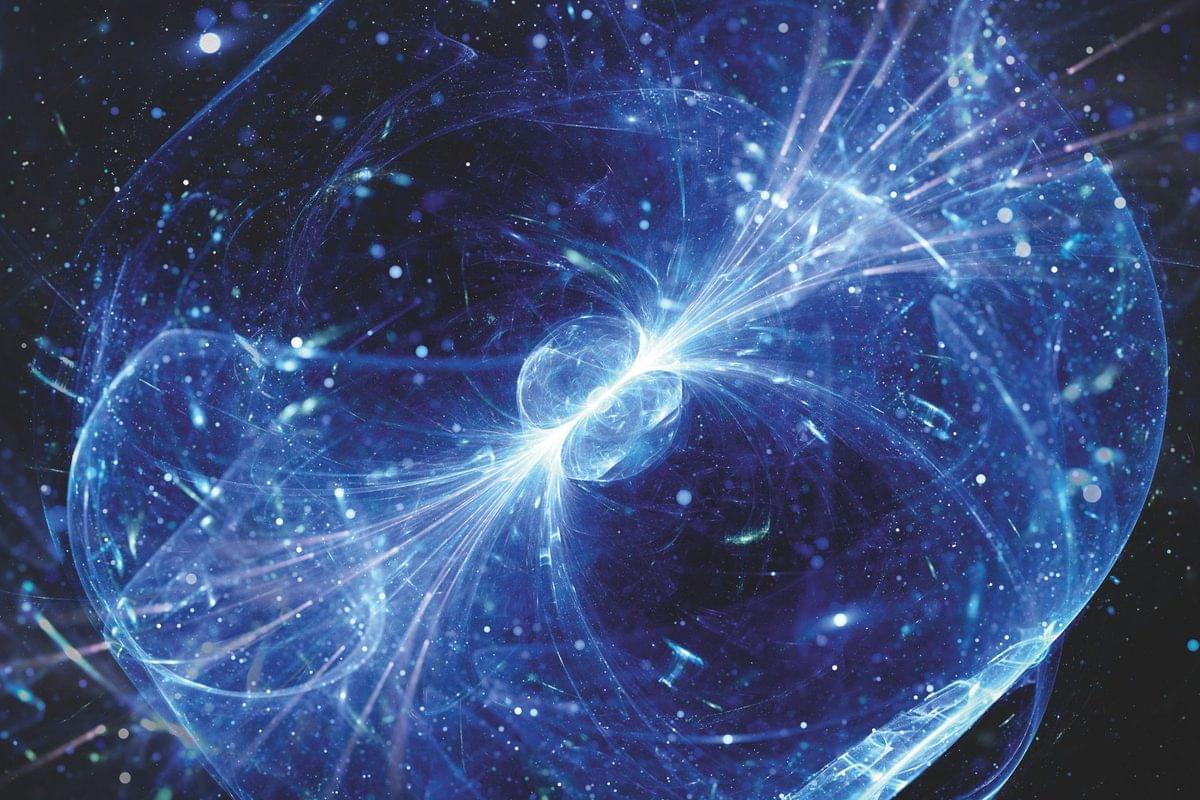

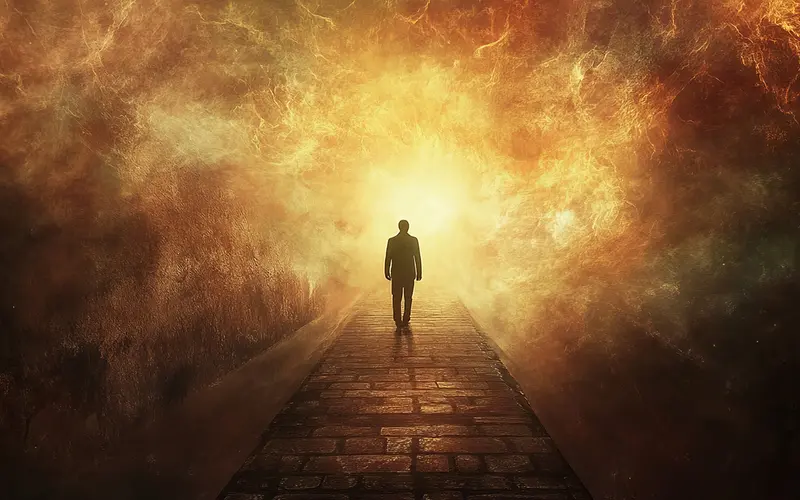
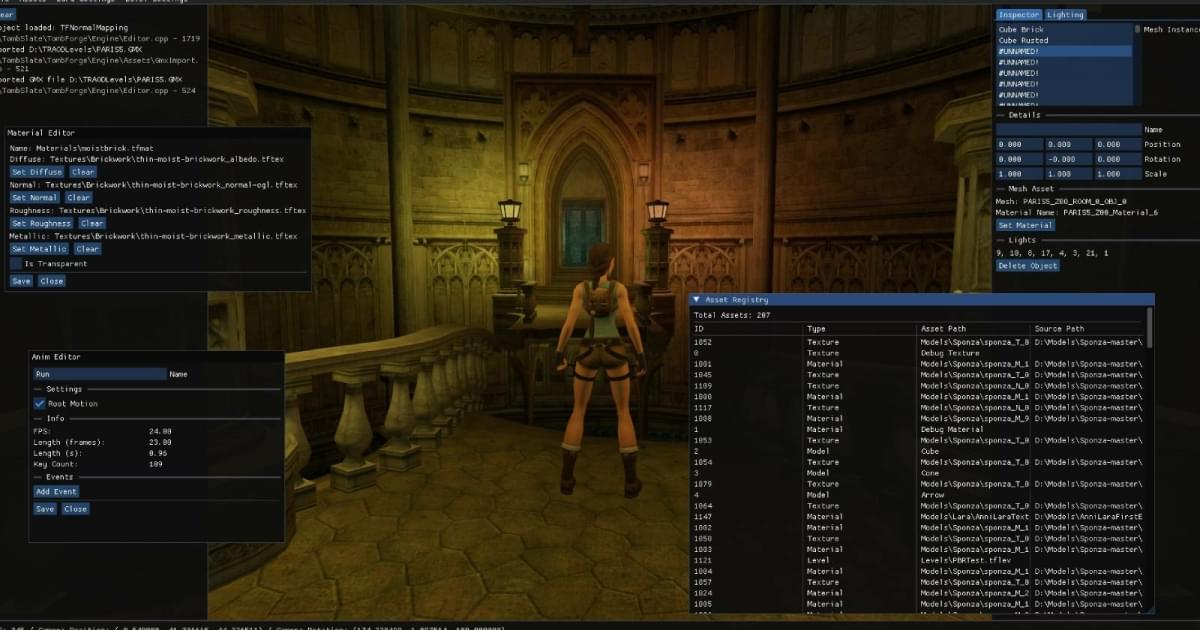
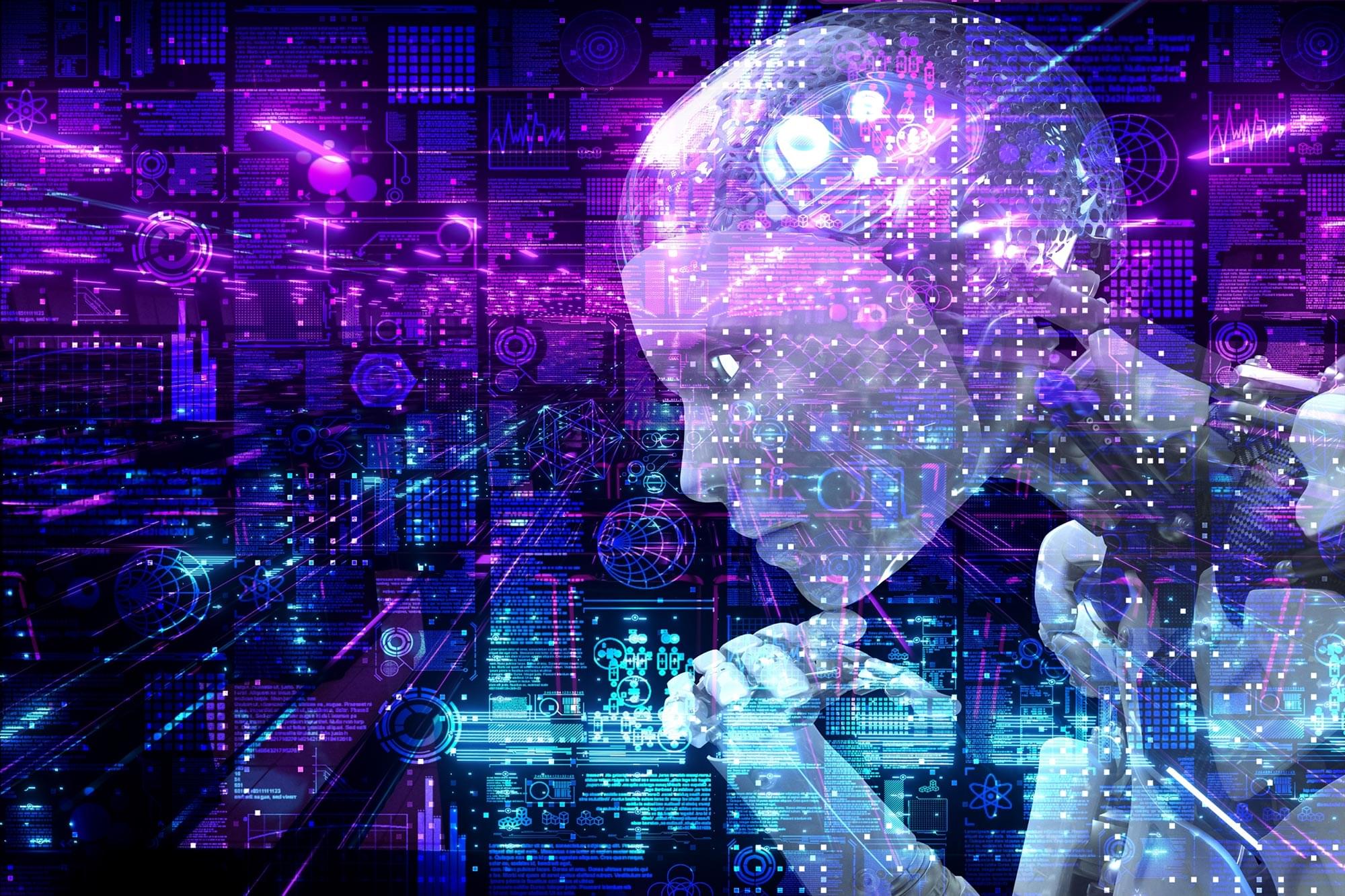
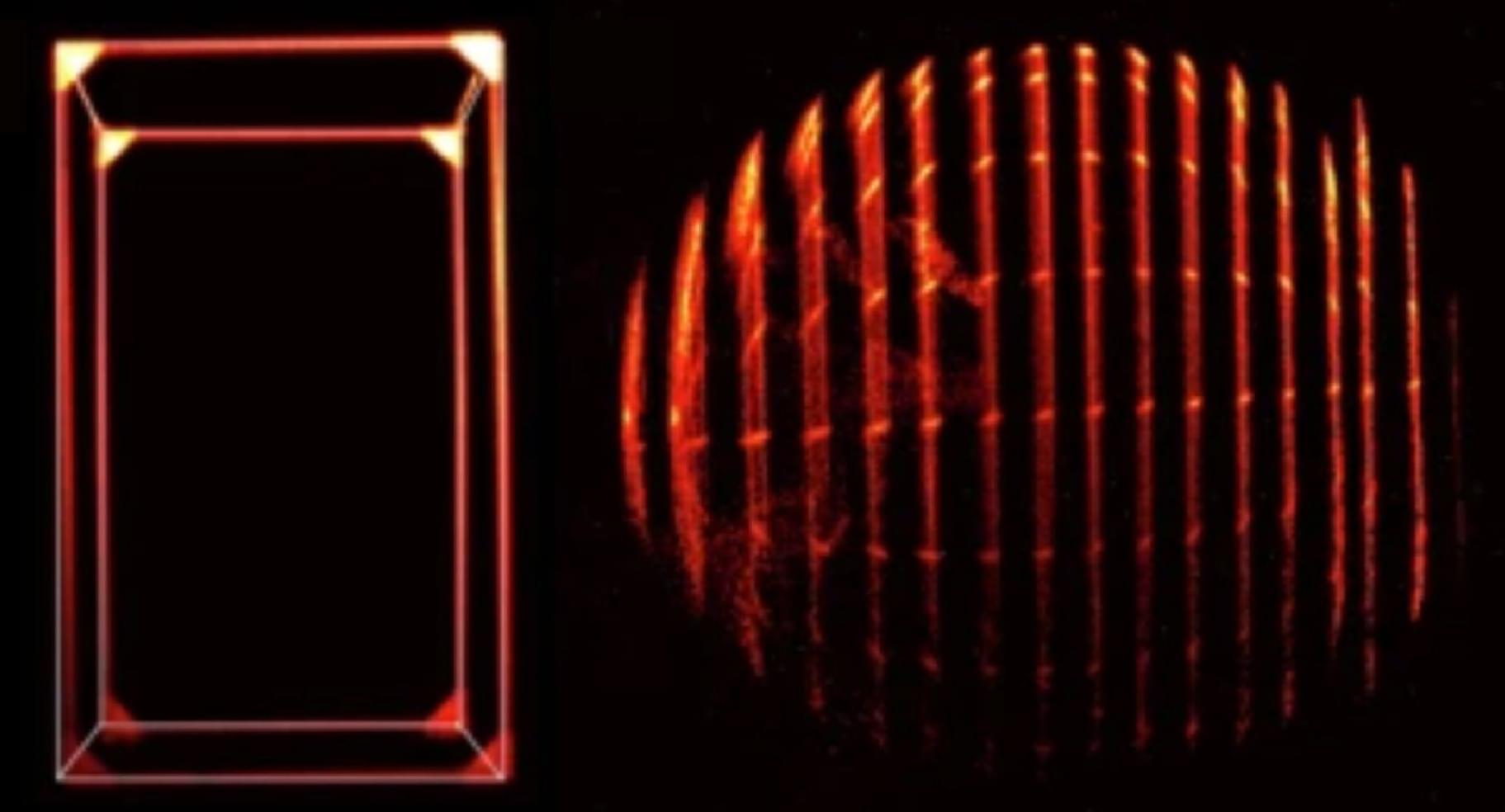

Astronomers have identified an enormous ‘growth spurt’ in a so-called rogue planet. Unlike the planets in our Solar System, these objects do not orbit stars, free-floating on their own instead. The new observations, made with the European Southern Observatory’s Very Large Telescope (ESO’s VLT), reveal that this free-floating planet is eating up gas and dust from its surroundings at a rate of six billion tonnes a second. This is the strongest growth rate ever recorded for a rogue planet, or a planet of any kind, providing valuable insights into how they form and grow.
“People may think of planets as quiet and stable worlds, but with this discovery we see that planetary-mass objects freely floating in space can be exciting places,” says Víctor Almendros-Abad, an astronomer at the Astronomical Observatory of Palermo, National Institute for Astrophysics (INAF), Italy and lead author of the new study.
The newly studied object, which has a mass five to 10 times the mass of Jupiter, is located about 620 light-years away in the constellation Chamaeleon. Officially named Cha 1107–7626, this rogue planet is still forming and is fed by a surrounding disc of gas and dust. This material constantly falls onto the free-floating planet, a process known as accretion. However, the team led by Almendros-Abad has now found that the rate at which the young planet is accreting is not steady.
Dr. Brian A. Grierson, Ph.D. is a leading physicist and engineer in magnetic fusion energy and is currently Director of Fusion Energy Technologies at General…

Hints of an atmosphere on TRAPPIST-1e raise hopes it could be a watery, potentially habitable world. Astronomers using the James Webb Space Telescope are unraveling the mysteries of TRAPPIST-1e, an Earth-sized exoplanet 40 light years away that could harbor liquid water. Early data suggests hints of an atmosphere, but much remains uncertain. Researchers have already ruled out a hydrogen-rich primordial atmosphere, pointing instead to the possibility of a secondary atmosphere that could sustain oceans or ice.
University of Bristol astrophysicists are helping shed new light on an Earth-sized exoplanet 40 light years away where liquid water in the form of a global ocean or icy expanse might exist on its surface.
That would only be possible if an atmosphere is present – a big mystery the scientists are attempting to unravel and now even closer to solving using the largest telescope in Space.

Dark matter is an enigmatic form of matter not expected to emit light, yet it is essential to understanding how the rich tapestry of stars and galaxies we see in the night sky evolved. As a fundamental building block of the universe, a key question for astronomers is whether dark matter is smooth or clumpy, as this could reveal what it is made of. Since dark matter cannot be observed directly, its properties can only be determined by observing the gravitational lensing effect, whereby the light from a more distant object is distorted and deflected by the gravity of the dark object.
“Hunting for dark objects that do not seem to emit any light is clearly challenging,” said Devon Powell at the Max Planck Institute for Astrophysics and lead author of the study. “Since we can’t see them directly, we instead use very distant galaxies as a backlight to look for their gravitational imprints.”
The research is published in the journal Nature Astronomy.

Gravitational waves are energy-carrying waves produced by the acceleration or disturbance of massive objects. These waves, which were first directly observed in 2015, are known to be produced during various cosmological phenomena, including mergers between two black holes that orbit each other (i.e., binary black holes).